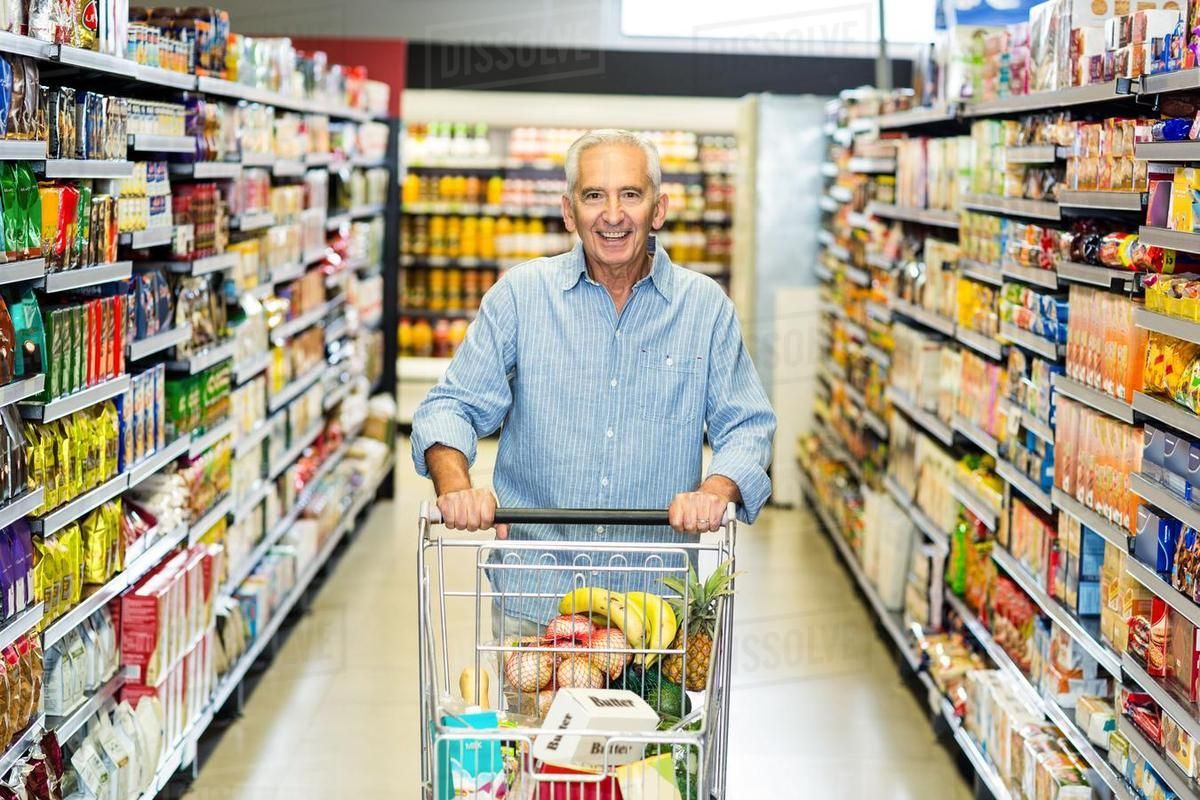
Bubble warning for consumers in South Africa
The latest NielsenIQ State of the Retail Nation report shows that shoppers in South Africa are not venturing out to retailers as much as they did before – but they are still spending more and appear to be shrugging off food inflation and the rising cost of living.
According to NielsenIQ South Africa MD Ged Nooy, this makes it appear as if consumers are in denial of the dire economic situation in the country, and this creates a dangerous environment for consumers and retailers alike.
Despite the all too obvious global and local financial pressures at play – including the fact that South Africa is technically in a recession, Nooy said – NielsenIQ’s data shows that this reality is not reflected in purchase behaviour.
“The danger of this is that we’re living in a bubble. This will eventually burst and will create a crisis mentality amongst shoppers. As a result, price increases and a reduction of promotions driven by external factors could see significant volume impacts in 2023,” Nooy said.
NielsenIQ’s latest report reflects data measured over the four weeks to the beginning of September 2022, showing a significant shift in shopper behaviour.
- Shoppers are venturing out to stores half as much as they used to
- More shoppers are bargain-hunting, making promo purchases;
- Shoppers look for retailers that provide the best overall basket – not single-item deals; and
- Shoppers are starting to drop costly items from their baskets.
First, the group found that shoppers have halved the number of times they go grocery shopping in a month compared to their behaviour prior the onset of the Covid-19 pandemic (2019 vs. 2022).
Despite this, overall annual consumer packaged goods sales measured R498 billion in the latest reporting period – a 10.3% annual increase – while the latest month (to the end of August 2022) versus the same month last year, showed a 17.2% increase in value sales.
This spike is due in large part to the current inflationary heightened price shopping environment as well as the base effect from the liquor ban last year.
When consumers do venture out, they visit fewer shops but are adding more product categories to their basket and spending more per trip, Nielsen said.
There has also been a significant uptick in promo-hunting, the group said, with 30% of Fast-Moving Consumer Goods product sales currently being sold on promotion – a 2% annual increase. In the Liquor category, 47% of the top 20 products are being sold on promotion which is up 9% from a year ago.
“As brands look to gain share in the short term and assist in managing shelf inflation, we see higher and higher reliance on promotions to gain market share. The problem is that over-promoting drives down value perception resulting in disloyal promo-only buyers,” Nooy said.
A third emerging trend is that shoppers are prioritising retailers with the best overall basket offer. As opposed to being overly focused on single-item promotions, they are looking for overall value, the group noted.
The final shift seen by NielsenIQ is consumers finally catching on to higher prices and dropping many costly items from their baskets.
For example, cooking oil recorded 49% inflation (on a three-month average) however, the continued price pressure has seen a decline in actual units sold, the group noted.
“Consumers have been forced to adapt their palate and usage patterns in the face of price pressures, and this is now showing in reduced volume sales.”
This has impacted other basket items, which have all seen lower volume sales due to price hikes:
- Long-life milk;
- Fresh milk;
- Sugar;
- Chilled processed meat;
Notably, however, items like bread continue to beat the curve with volume growth despite higher prices over the last three months – this is seen with items like maize meal and energy drinks, NielsenIQ said, which continue to see sales soar.
NielsenIQ’s monthly inflation figures are based on the difference between rand value sales growth versus unit sales growth, i.e. how much more consumers are spending in terms of rands paid per pack than they were the month before.
“Price increases remain an obvious concern, with overall basket inflation sitting at 11% versus a year ago. This figure is calculated across 580 categories, weighted to their size in the basket,” it said.
News Category
- International retailers
- On the move
- Awards and achievements
- Legislation
- Wine and liquor
- Africa
- Going green
- Supplier news
- Research tools
- Retailer trading results
- Supply chain
- Innovation and technology
- Economic factors
- Crime and security
- Store Openings
- Marketing and Promotions
- Social Responsibility
- Brand Press Office
Related Articles
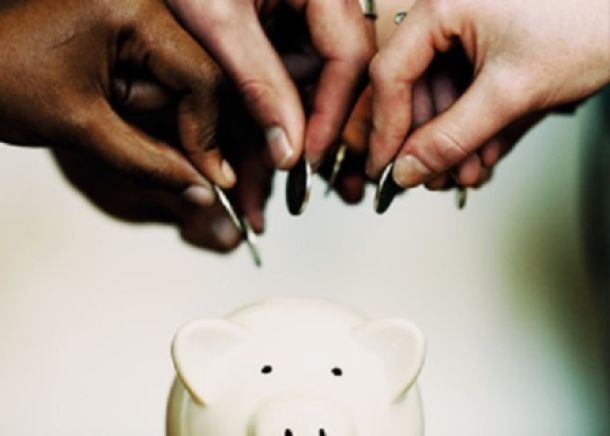
Empowering South African households through gro...
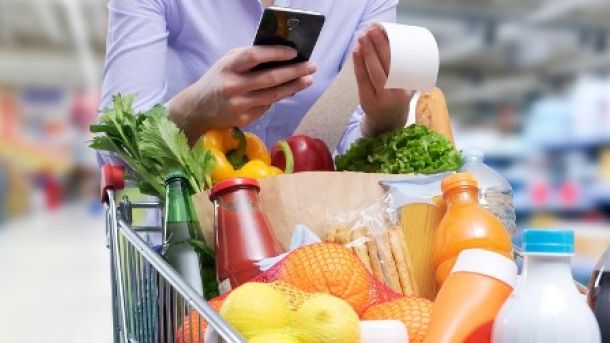
SPAR shares practical tips to beat food inflation
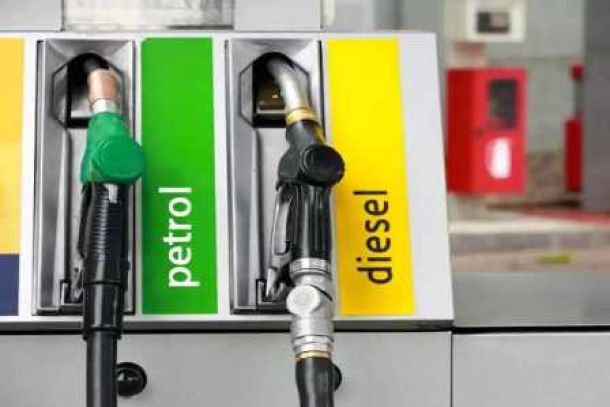
South African motorists could be paying up to R...
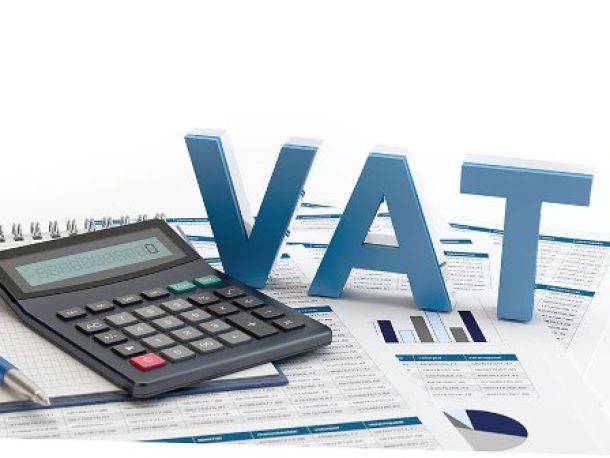
Big VAT changes on the cards


